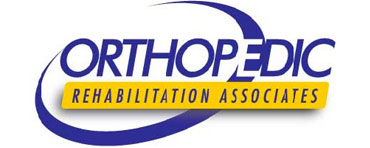Exploring the Diverse Methods of Physiotherapeutic Therapy for Enhanced Healing and Restoration
Physical rehabilitation is an important field that assists individuals heal from traumas, operations, and various medical issues. It entails a variety of techniques aimed to improve mobility, alleviate pain, and boost overall physical function. Physical practitioners are trained experts who evaluate each client’s needs and develop personalized treatment plans. These programs often consist of workouts, manual treatment, and instruction about body movements. By using these varied techniques, physical can significantly improve a person’s quality of living.One frequent technique used in physical is therapeutic exercise. This involves targeted movements and activities that assist build muscle strength, improve flexibility, and boost stamina. For instance, a patient rehabilitating from knee surgery may engage in workouts that concentrate on restoring strength in the leg muscle groups. These activities are meticulously selected based on the individual’s status and goals. By incrementally boosting the intensity and complexity of the activities, physiotherapy therapists can help patients regain their strength and movement over a period.

Another important technique is manual treatment, which comprises hands-on methods to adjust the body’s soft muscles and joints. This can entail flexibility exercises, mobilization, and manipulation. Manual treatment aims to alleviate pain, minimize inflammation, and improve blood flow. For instance, a practitioner may use gentle force to ease stress in tight muscle groups or to help a articulation move more smoothly. This technique is often integrated with other treatments to improve recovery and encourage healing. Clients often consider manual treatment to be a relaxing and beneficial way to manage their pain.
In addition to exercises and hands-on therapy, instruction plays a crucial part in physical. Practitioners teach clients about their conditions and how to handle them effectively. This may entail guidance on correct visit the site posture, physical mechanics, and strategies to prevent subsequent traumas. For instance, a practitioner might show a client how to lift weighty objects properly to prevent injuring their spine. By enabling clients with understanding, physical practitioners help them assume an engaged role in their rehabilitation and encourage sustained health and fitness.
Finally, technology is progressively being integrated into physiotherapy practices. Tools such as sonography, electrical impulses, and immersive environments can improve traditional therapy methods. These tools can assist reduce discomfort, promote healing, and offer engaging methods for clients to participate in their recovery. For example, virtual environments can create immersive settings for patients to rehearse movements in a controlled and secure environment. As technology continues to evolve, it provides exciting possibilities for enhancing recovery outcomes in physiotherapy.
In summary, physical includes a range of techniques that function in unison to support recovery and healing. Through therapeutic exercises, hands-on treatment, patient instruction, and the application of technology, physiotherapy practitioners provide comprehensive treatment tailored to each individual’s requirements. This comprehensive approach not only helps clients regain their physical capabilities but also enables them to sustain their well-being in the long future. As more individuals recognize the benefits of physiotherapy, it remains to play a vital role in the pathway toward enhanced health and well-being.